In the depths of a pitch-black cave, where sunlight never reaches, the human mind begins to unravel one of its most fundamental constructs: time. The phenomenon of losing track of time in complete isolation has fascinated scientists and adventurers alike for decades. What happens when the external cues—clocks, daylight, even the rhythms of other people—are stripped away? The answer reveals much about how our brains perceive and process time, and how fragile that perception can be.
The most famous experiments exploring this idea date back to the 1960s, when French geologist Michel Siffre ventured into the subterranean world of the Scarasson cave in the Alps. For two months, he lived in total darkness, with no way to measure the passage of days or hours. His only connection to the outside world was a telephone, which he used to signal whenever he woke up, ate, or went to sleep. The results were startling. Without natural light, his sense of time stretched and compressed unpredictably. What felt like a 24-hour cycle often turned out to be far longer—sometimes spanning 30 hours or more. His body’s internal clock, deprived of its usual anchors, began to drift.
Similar experiments have since been conducted, confirming that humans, when isolated from timekeeping cues, fall into irregular sleep-wake cycles. The brain’s suprachiasmatic nucleus, a tiny region in the hypothalamus responsible for regulating circadian rhythms, relies heavily on light exposure to function correctly. In darkness, this system falters. Sleep becomes fragmented, and the boundary between day and night blurs. Some subjects report feeling as though time has slowed to a crawl; others experience the opposite, where hours vanish in what feels like minutes. The disorientation is profound, often accompanied by emotional distress.
But it’s not just the absence of light that disrupts time perception. Social isolation plays a crucial role as well. Humans are inherently social creatures, and our daily routines—meals, conversations, work schedules—serve as temporal landmarks. Remove those, and the mind struggles to impose order on the passing hours. In long-term isolation experiments, such as those simulating space travel or deep-sea exploration, participants frequently lose track of days altogether, relying instead on artificial timers to maintain any semblance of routine.
Interestingly, not everyone reacts the same way. Some individuals maintain a relatively stable internal clock, while others slip into extreme deviations. Personality traits, psychological resilience, and even creativity appear to influence how a person experiences time in isolation. Artists and free thinkers, for instance, sometimes thrive in timeless environments, finding that the lack of structure enhances their focus. But for most, prolonged disconnection from time leads to cognitive strain, mood swings, and in extreme cases, hallucinations.
Modern technology has only deepened our understanding of this phenomenon. Brain imaging studies show that time perception is not localized to a single region but involves a network of areas, including the prefrontal cortex and basal ganglia. When deprived of external stimuli, these networks can behave unpredictably, leading to the warped sense of time reported by cave dwellers and isolation study volunteers. Researchers speculate that this may explain why, in extreme situations, people can experience "time dilation," where moments seem to stretch into eternity.
The implications extend far beyond scientific curiosity. Understanding how humans perceive time in isolation is critical for fields like space exploration, submarine missions, and even long-term medical confinement. If astronauts on a Mars mission lose their sense of time, the consequences could be dire. Similarly, prisoners in solitary confinement often report severe psychological effects linked to temporal disorientation. Designing environments that mitigate these effects—whether through artificial lighting, strict schedules, or virtual social interaction—could be key to maintaining mental health in extreme conditions.
Yet, there’s also a philosophical dimension to these findings. Time, as we experience it, is not an absolute reality but a constructed one. Our brains weave together sensory input, memory, and expectation to create the illusion of a continuous, measurable flow. In darkness, that illusion fractures, revealing just how malleable our perception truly is. Perhaps, then, time is less a fixed dimension and more a story we tell ourselves—one that can change dramatically when the usual chapters are missing.
For those who have ventured into the abyss of timelessness, the return to the outside world is often jarring. The sudden reconnection with clocks, calendars, and the sun’s movement can feel overwhelming, a reminder of how deeply society depends on shared timekeeping. Yet, these experiments also offer a strange gift: the realization that time, in many ways, is what we make of it. And in the silence of the dark, away from the world’s relentless pace, some discover a fleeting glimpse of what it means to exist beyond its grasp.

By Emily Johnson/Apr 10, 2025

By Sarah Davis/Apr 10, 2025

By Christopher Harris/Apr 10, 2025
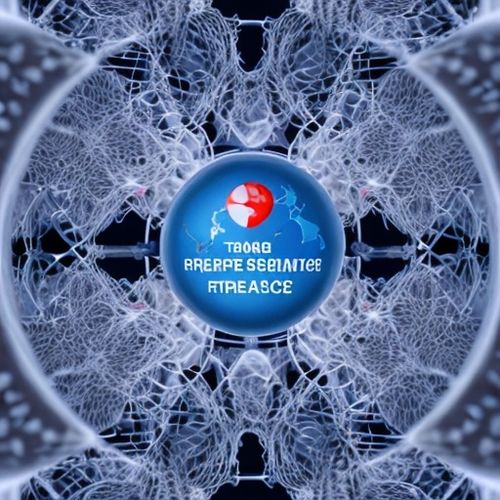
By John Smith/Apr 10, 2025
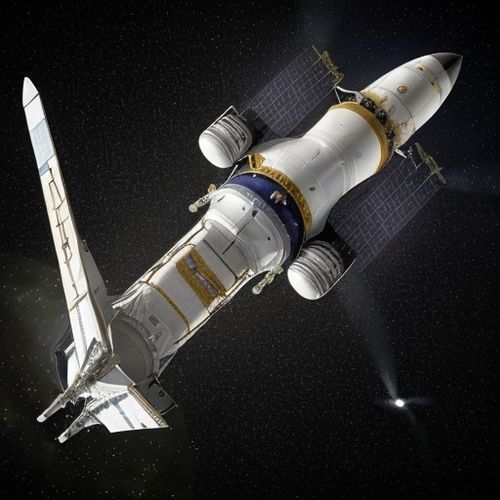
By Ryan Martin/Apr 10, 2025
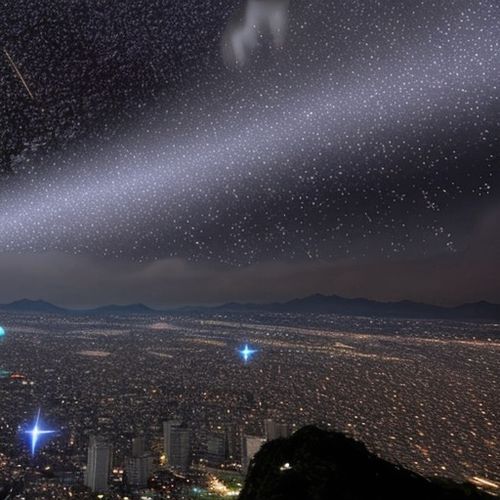
By Olivia Reed/Apr 10, 2025
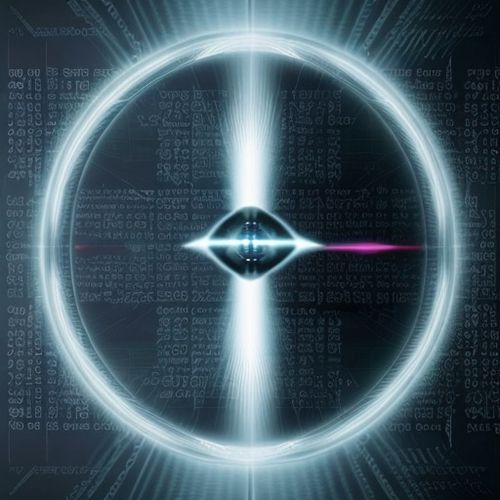
By Sarah Davis/Apr 10, 2025
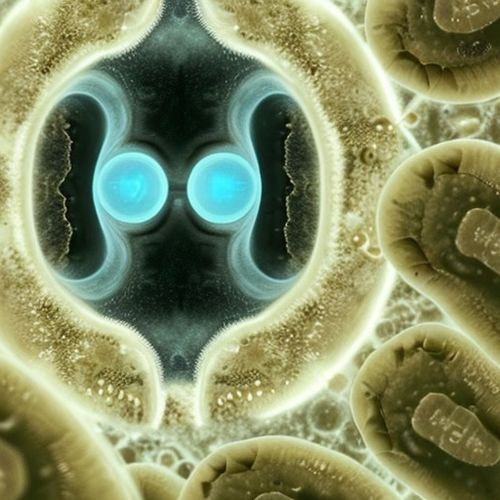
By Victoria Gonzalez/Apr 10, 2025
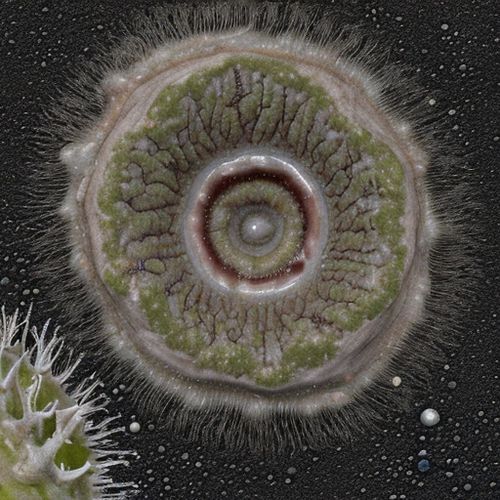
By Laura Wilson/Apr 10, 2025
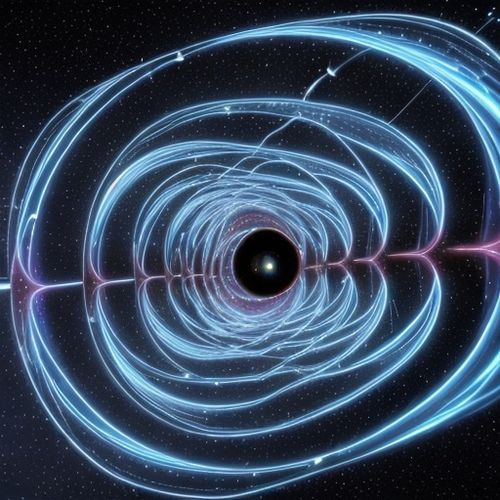
By Lily Simpson/Apr 10, 2025
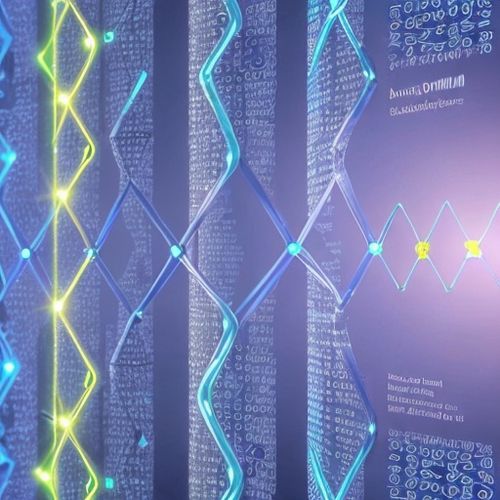
By Grace Cox/Apr 10, 2025
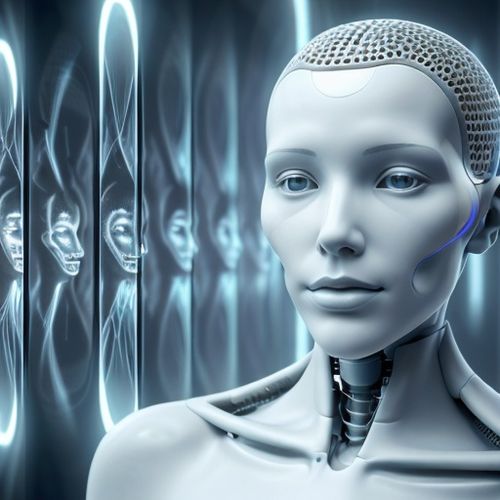
By Emma Thompson/Apr 10, 2025

By Grace Cox/Apr 10, 2025

By Thomas Roberts/Apr 10, 2025
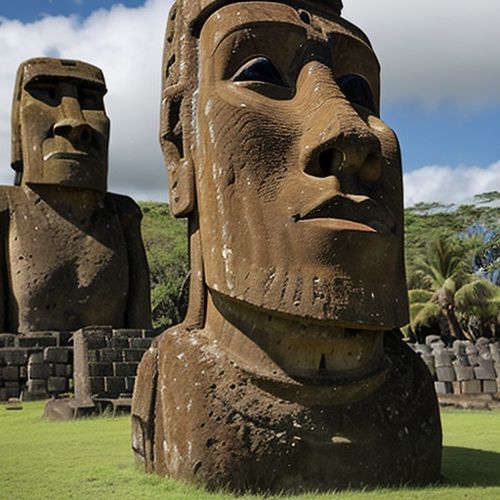
By Laura Wilson/Apr 10, 2025

By Benjamin Evans/Apr 10, 2025
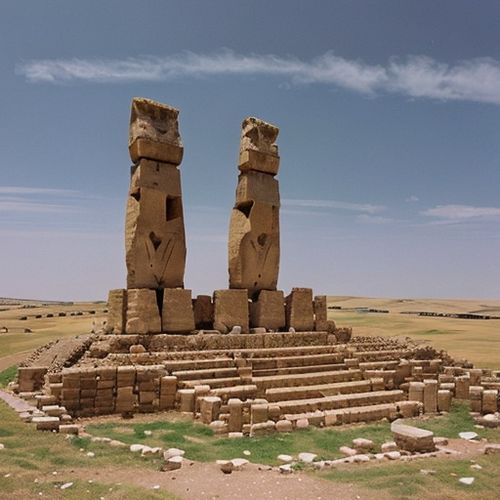
By Megan Clark/Apr 10, 2025